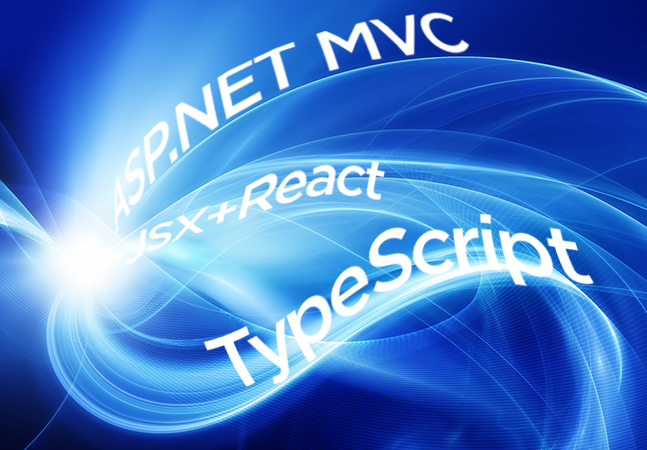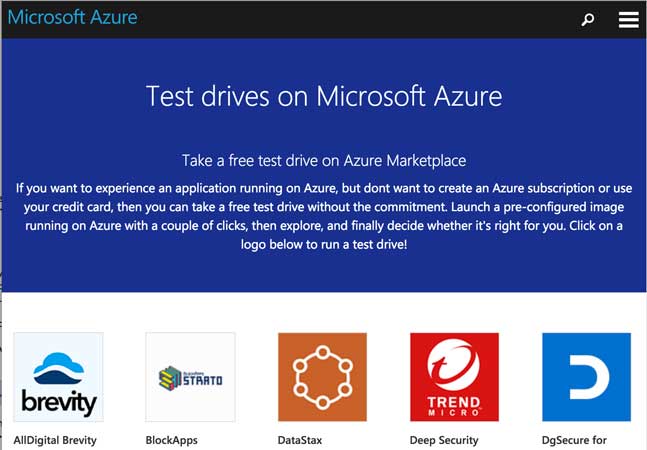
R has limited support for mathematical permutations, but it's there. Here's what R is capable of accomplishing.
- By James McCaffrey
- 07/12/2016

If you adopt the Interface Segregation principle, then you can eliminate (or, at least, control) one of the most annoying problems in creating very useful objects. But following that principle through to its conclusion also inverts the traditional hierarchy of the development team.

It pays to be explicit and not use the emotional defaults of each language.

You can write some complicated code to ensure that you don't create any object until you absolutely need it. Or you can use the Lazy object...at least some of the time.

If you're looking for an easy way to save the user's current state, the simplest solution is use the Serialize and Deserialize method.

JSX+React provides a flexible way for you to structure your client-side code to two things you want: dynamically transform your page in response to your user's input, and to integrate with ASP.NET MVC action methods.

Like magic, tuples make the impossible possible. Yep, we're talking here about one little corner in the Standard Template Library that will make it simple to return multiple values from a single function, without "out" parameters -- and it has other uses, too.
- By Kate Gregory
- 06/22/2016

SpecFlow offers a number of binding styles for bridging business-readable tests with test-automation code.
- By Jason Roberts
- 06/21/2016

Here's another way to make applications more scalable and more responsive to the user: store some application data on the user's computer.

It's not quite like C# or Python, but the R language's object-oriented programming capabilities are getting better with each iteration. Let's take a look at what .NET developers are able do now with OOP in R6.
- By James McCaffrey
- 06/16/2016

Nothing and null are one and the same, except in the language of programming.

That "other" cloud company is a popular option due to the breadth of tools and capabilities. So, it only makes sense that there are a number of Windows developer tools available for those who want to hop on the AWS cloud.
- By Terrence Dorsey
- 06/14/2016

In any real-world business, updating data isn't simple and changing the rows in the table is just the start of a complex set of processes. Fortunately, you can break those updates down into a bunch of simple processes that can be easily extended.

You couldn't do it in earlier versions of Entity Framework but, in more recent versions, you can use lambda expressions to save yourself from some runtime errors.

Null pointer exceptions can get downright annoying, so who needs that?
- By Kate Gregory
- 06/08/2016

The MSDN blogs can't contain all the information that's being produced on the various Microsoft developer tools and technologies.
- By Michael Domingo
- 06/08/2016

The CQRS pattern separates updates from queries, allowing you to create the best process for each of those activities. Effectively, CQRS codifies the standard practice for ASP.NET MVC developers: Here are some strategies for implementing that pattern and improving your application's performance.

Azure Test Drives gives developers the ability to test out apps in the cloud without any commitment whatsoever.
- By Michael Domingo
- 06/01/2016

Case matters when moving from one language to another and, often, variable naming conflicts can be as simple as that.

If you ever need to work with all of the properties in some object, you can use GetType and GetProperties to retrieve the object's PropertyInfo objects. After that you can do what you want. Here's an extension method that sets all those properties to their defaults, for example.